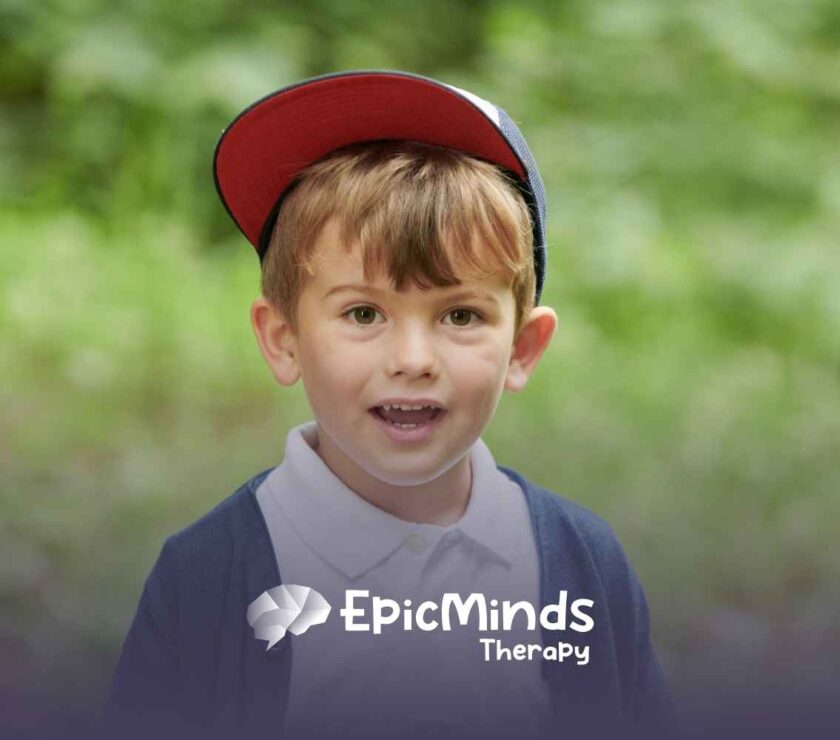Keeping an autistic child busy can sometimes feel like a challenge, but with the right strategies, it can become an enjoyable and rewarding experience for both you and your child. The goal is to create activities that are engaging, structured, and sensory-friendly. By incorporating these strategies into your daily routine, you can help your child stay focused, calm, and entertained.
Here are some practical ways to keep your autistic child busy, happy, and engaged:
1. Create a Structured Routine
Children with autism often thrive in structured environments. By creating a daily routine, you give your child a predictable and consistent schedule. Using visual schedules (with pictures or symbols) can help them know what’s coming next and reduce anxiety about transitions.
2. Set Clear, Simple Expectations
Keep things simple. When you give instructions, break them down into manageable steps, and make sure they are clear and direct. This approach helps avoid overwhelming your child and ensures they can stay engaged with the task.
3. Incorporate Sensory Breaks
Sensory breaks are essential for maintaining focus and calm. Whether it’s a short break to jump on a trampoline, spin in a circle, or use a calming sensory toy, these breaks help reset your child and keep them engaged for longer periods.
4. Use Timers to Manage Time
Using a timer helps children stay on task for set periods and makes transitions easier. You can start with shorter time intervals and gradually increase them as your child gets used to the routine. It’s also a great way to give them a visual cue of how long each activity will last.
5. Offer Choices Within a Routine
Giving your child some autonomy in choosing activities can make them feel more involved. Let them choose between two options (e.g., “Do you want to play with blocks or paint?”). This sense of control can help keep them more interested and engaged in what’s happening next.
6. Engage in Movement Activities
Physical activities are a great way to burn off extra energy. Whether it’s dancing to music, jumping on a trampoline, or doing yoga, movement helps children stay focused and calm. It’s also a great outlet for excess energy!
7. Encourage Independent Play
Allowing your child to play independently can help them develop creativity and problem-solving skills. Set up an activity that they enjoy, like building with blocks or completing a puzzle, and let them explore it on their own. This encourages independence and keeps them entertained for a while.
8. Use Positive Reinforcement
Rewarding your child for staying engaged or completing a task encourages them to continue focusing. Use praise, small rewards, or extra playtime to reinforce positive behaviors. This helps build motivation and keeps your child busy with a sense of accomplishment.
9. Adapt Activities to Their Interests
Find out what your child enjoys most and tailor activities to those interests. If they love animals, you could create an activity where they sort animal figurines. If they’re fascinated by cars, you could build a race track together. Personalizing activities keeps them motivated and excited.
10. Mix Quiet and Active Time
A balance of quiet, focused activities (like reading or drawing) and more active ones (like jumping or running) helps your child stay engaged without getting overstimulated. It’s all about finding the right rhythm between calm and active play.
11. Offer Sensory-Friendly Alternatives
For children who become easily overstimulated, sensory-friendly activities are key. Create a quiet space with soft lighting, soothing sounds, and a few calming toys. Let your child take a break whenever needed to help them stay balanced throughout the day.
12. Create Visual or Tactile Cues
Visual and tactile cues can help your child stay engaged in tasks. For example, you might use a picture chart to show the sequence of activities for the day, or give them a textured toy to hold while they work on another task. These cues help keep them grounded and focused.
13. Limit Screen Time, but Use It Wisely
Technology can be a helpful tool for keeping kids engaged, especially with educational apps. However, it’s important to limit screen time to avoid overstimulation. Stick to interactive apps or shows that encourage learning and social skills.
14. Promote Social Interaction
Social interaction is important for building communication skills. Encourage playdates or family game nights where your child can practice socializing. Even short, structured interactions can help them develop important social skills and build relationships.
15. Allow for Quiet Time
Quiet time is just as important as activity time. After a busy day, give your child some time to relax and unwind. Whether it’s listening to calming music, flipping through a picture book, or just sitting in a quiet space, these moments of rest help your child recharge.
Keeping your child busy and engaged is all about finding the right activities. If you need expert support in creating a customized routine, Epic Minds Therapy is here to help with tailored in-home ABA therapy and school-based ABA therapy.
Contact us today to learn more about our ABA services in North Carolina!
FAQs
1. How can I help my autistic child stay focused during activities?
Create a predictable routine, use visual schedules, and break tasks into smaller steps. Offering choices and rewarding them for staying focused can also help keep them engaged.
2. What are some good movement activities for autistic kids?
Dancing, jumping on a trampoline, walking, or even yoga are great ways to help autistic children burn energy and stay engaged. These activities provide both physical exercise and sensory input.
3. How do I know if my child needs a break?
If your child starts to become agitated, distracted, or overstimulated, it might be time for a sensory break. Look for signs of distress or frustration, and offer a quiet space or calming activity to help them reset.
Sources:
- https://www.autismparentingmagazine.com/sensory-break-activities/
- https://www.autismparentingmagazine.com/autistic-child-relax-after-school/
- https://pmc.ncbi.nlm.nih.gov/articles/PMC6509020/
- https://www.autismspeaks.org/virtual-activities-kids-autism
- https://www.nature.com/articles/s41598-025-05393-3
- https://www.frontiersin.org/journals/psychology/articles/10.3389/fpsyg.2024.1496660/full




